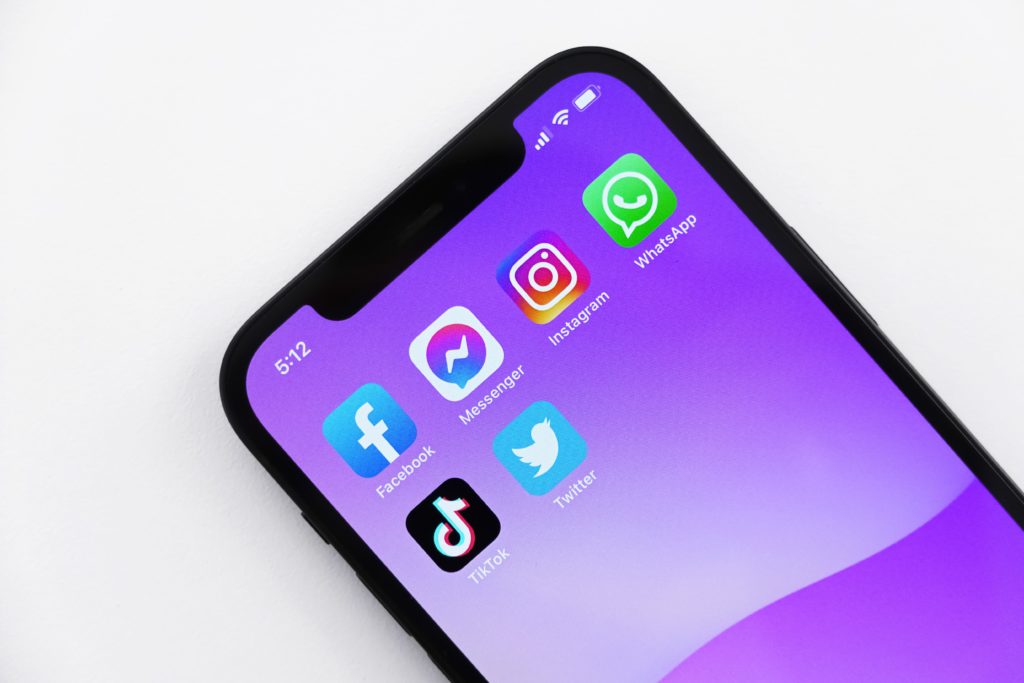Twitter and Threads
Navigating the Realm of Online Conversations
In the social media world, platforms like Twitter have become the virtual agora of our times, fostering discussions, debates, and connections that transcend geographical boundaries. Whereas Threads, enable extended conversations and offer distinct strategies for marketers. Here, we’ll explore and compare the dynamics of Twitter and Threads, highlighting their respective benefits and limitations catering specifically to the needs of digital marketers.
Twitter: The Microblogging Phenomenon
Twitter, (recently known as “X”) with its iconic 280-character limit, has redefined how we share thoughts, news, and ideas. Its brevity forces users to distill their messages into concise snippets, encouraging creativity and effective communication. Users can engage with a diverse audience by composing “tweets” that can range from informative to humorous, from poignant to thought-provoking.
Threads: Unfolding Conversations
Threads is a series of connected “tweets” that follow a linear progression. This feature enables users to expand on a topic, share a narrative, or delve deeper into complex discussions without the constraint of the character limit. Threads offer a structured way to present ideas, breaking down content into bite-sized chunks for readers.

What is the Difference Between Twitter and Threads?
1.) Communication Style
Twitter encourages succinct expression, forcing users to convey their thoughts within a limited character count. Threads, on the other hand, allow for more comprehensive discussions by stringing together multiple tweets. The choice between the two depends on the depth and complexity of the topic.
2.) Engagement and Interactivity:
Twitter’s rapid-fire nature fosters quick interactions and a diverse range of responses. Threads, however, offer a more focused engagement, allowing users to build a cohesive narrative and receive feedback in a structured manner.
3.) Information Flow:
Threads excel in storytelling and conveying detailed information. They offer a sequential flow, ensuring that readers understand the context and evolution of the conversation. Twitter’s individual tweets might sometimes lack this narrative coherence.
4.) Attention Span and Content Consumption:
Twitter’s short-form content suits users with limited attention spans, catering to quick updates and news bites. Threads cater to users seeking in-depth insights and analysis, which might require more time and concentration.
5.) Discoverability:
Twitter’s single tweets are more discoverable, allowing them to show up in searches, trending topics, and users’ timelines. Threads, while less discoverable as a whole, can still gain traction through retweets and responses to individual tweets within the thread.
6.) User Intent and Purpose:
The choice between Twitter and Threads often depends on the user’s intent. If they aim to share a quick thought or engage in brief interactions, Twitter works best. For more elaborate discussions, explanations, or storytelling, Threads are the tool of choice.
Both Twitter and Threads play crucial roles in shaping online conversations, each catering to different communication needs and preferences. Twitter’s brevity and rapid interactions contrast with Threads’ in-depth storytelling potential and focused engagement. As the digital world continues to evolve, these tools empower users to express themselves, connect with others, and participate in the ever-evolving discourse of the internet. However, the question among clients remain, “Is Twitter or Threads more effective for my business?”.
Optimize your understanding of Twitter and Threads to engage with the digital realm effectively.
1.) Content Strategy:
Twitter excels in delivering quick updates, announcements, and teaser content. Threads allow marketers to create detailed narratives, providing step-by-step guides, FAQs, or product showcases.
2.) Engagement Tactics:
Twitter’s rapid-fire interactions promote immediate engagement, while Threads foster deeper conversations. Marketers can use threads to answer user queries, respond to feedback, and build relationships.
3.) Brand Storytelling:
Threads are a powerful tool for brand storytelling, allowing marketers to weave compelling narratives. Twitter’s individual tweets can introduce storytelling elements but are limited by character count.
4.) Event Coverage:
For live event coverage and real-time updates, Twitter is unbeatable. Threads can be used to provide a more thorough recap or analysis post-event.
5.) Optimizing SEO and Searchable Content:
Individual tweets are more discoverable through search engines due to their brevity. However, Threads can be strategically designed to target relevant keywords, improving search visibility.
6.) Campaign Launches:
Twitter is ideal for launching short-term campaigns with punchy messages. Threads can support campaign launches by offering more context and detailed information.
Whether you choose to use Twitter or Threads, digital marketers navigating this ecosystem must recognize the unique strengths of each tool. Twitter’s real-time responsiveness suits immediate updates and trends, while Threads provide opportunities for in-depth engagement and storytelling. Effective digital marketing requires a balance between these strategies, leveraging the strengths of both platforms to connect with audiences in diverse and impactful ways. By understanding the nuances of Twitter and Threads, digital marketers can enhance their brand’s online presence and engagement strategies.
Catherine Settin | Digital Marketing Intern | Defined Media